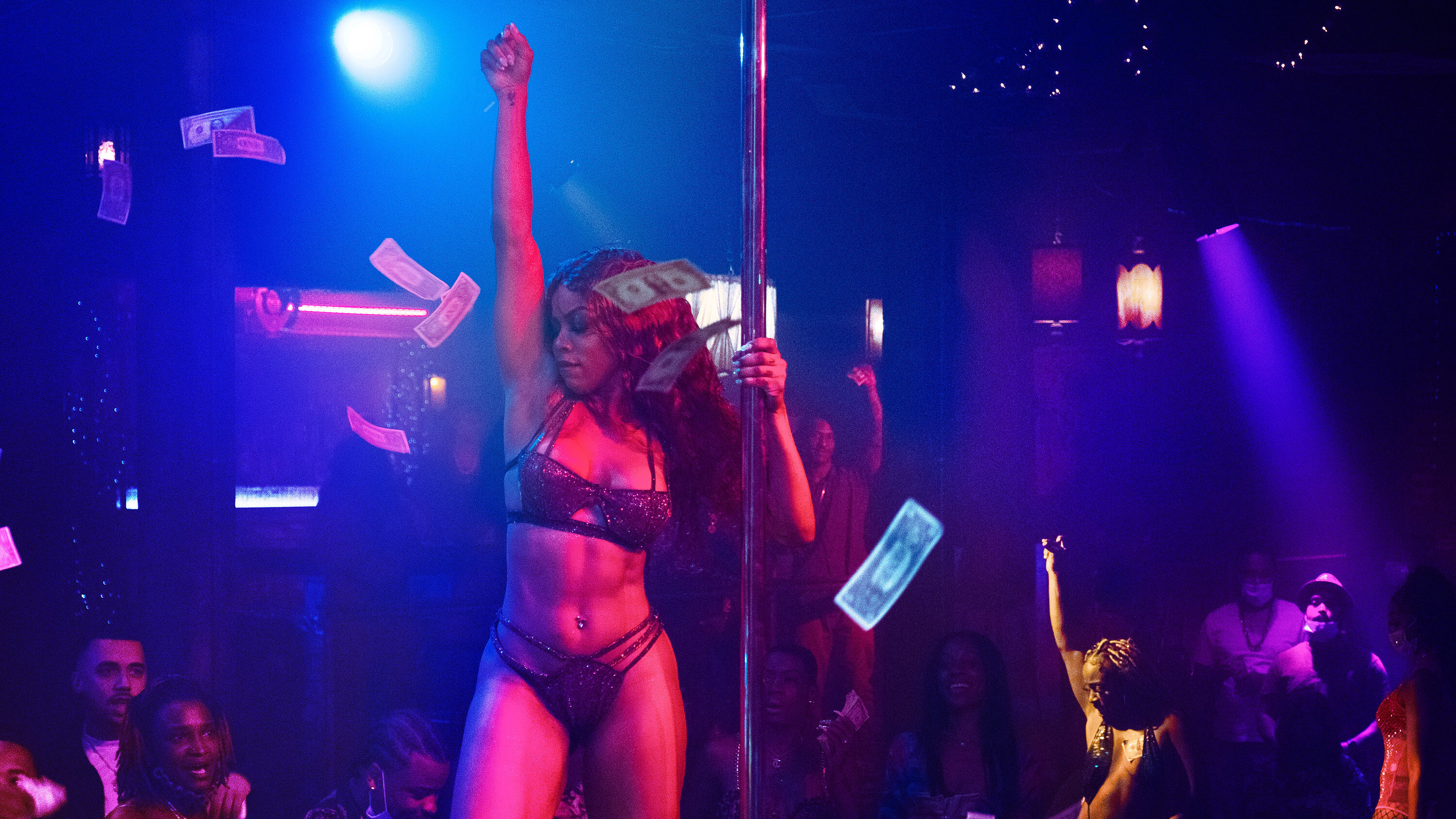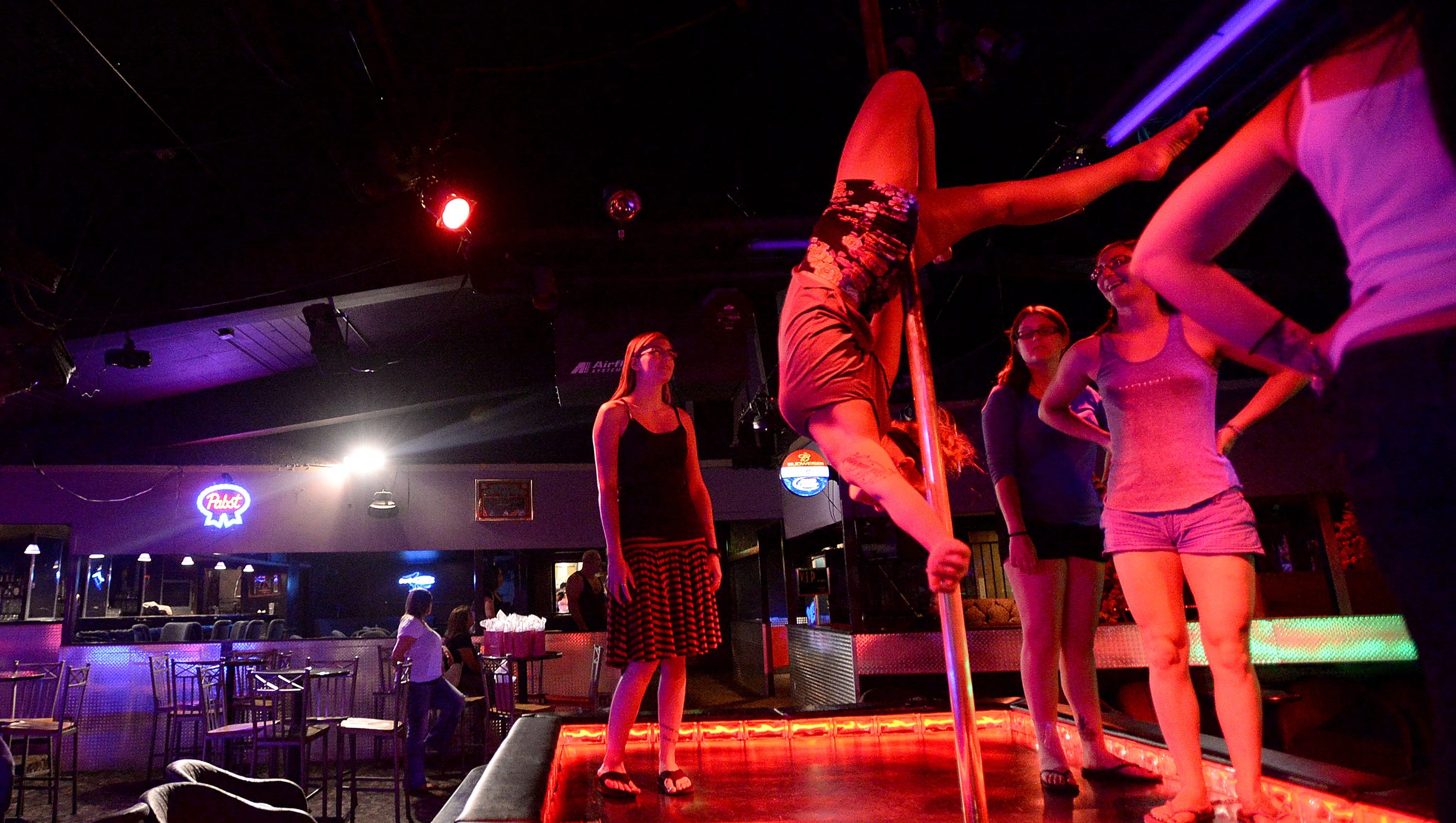Strip clubs have always been a controversial topic, sparking debates about public perception and the stigma that surrounds them. But why is there such an intense reaction to these establishments? To understand the origins of this stigma, its important to look at how strip clubs have been perceived in different cultures over time.
This article will explore the history behind public perception of strip clubs, examining the reasons why they are seen as taboo or unacceptable by some members of society. From a sociological perspective, well analyze how cultural norms shape our view on this type of entertainment and discuss potential solutions for breaking down barriers between those who support and oppose it.
Defining the Stigma Around Strip Clubs
 Strip clubs have long been seen as taboo places in our society, with a variety of negative connotations. This stigma attached to strip clubs has made it difficult for people to talk openly about them and understand why they exist.
Strip clubs have long been seen as taboo places in our society, with a variety of negative connotations. This stigma attached to strip clubs has made it difficult for people to talk openly about them and understand why they exist.
While some may brush off the idea that there is any real stigma surrounding strip clubs, the truth is that this perception does exist and has done so for centuries. In order to gain a better understanding of what this stigma looks like and where it comes from, we must first define what exactly constitutes “the stigma” around strip clubs.
At its core, the stigma implies an overall negative opinion or attitude towards these establishments based on moral judgement and assumptions rather than factual evidence or information.
These opinions often include ideas such as intimidation, exploitation of women and men working at such venues, criminal activity associated with them, as well as perceptions of immorality or deviance related to their purpose of providing entertainment through nudity or sexualized performances.
The origins of this perception can be traced back further than one might expect; in fact, many historians believe that attitudes towards strip clubs are rooted in antiquated religious beliefs which viewed these types of spaces as immoral dens populated by criminals and prostitutes indulging in acts deemed sinful within traditional Judeo-Christian teachings.
As time progressed however these premises became more socially accepted but were still met with a degree skepticism due to its connection with organized crime while also being heavily regulated by local laws throughout different parts of the world—all contributing factors which created an air suspicion regarding visiting such establishments regardless if you had any intentions on partaking in activities inside said club itself.
Exploring the Origins of the Public Perception of Strip Clubs
 Strip clubs have long been steeped in controversy and often viewed with distrust by the public at large.
Strip clubs have long been steeped in controversy and often viewed with distrust by the public at large.
While it is not difficult to understand why some may find strip clubs distasteful, it is important to explore the origins of this negative perception in order to gain a better understanding of its roots. From religious and cultural influences to lawmakers taking steps that limit access, there are numerous factors contributing to the stigma surrounding strip clubs.
Understanding how these various elements have come together over time can provide necessary context for discussion on this issue moving forward. One source of stigmas around strip clubs comes from religious institutions which traditionally view any form of explicit sexuality as sinful or immoral behavior.
This has led many people who consider themselves devoutly religious to hold negative opinions about strip clubs due their perceived association with such activities. Additionally, other cultures often frown upon nudity or risqué entertainment – leading them towards similar conclusions about how they feel regarding the establishments hosting such activities.
In addition, legislation passed by governments throughout history has also had an impact on public perceptions of strip clubs; specifically limiting access through age restrictions or prohibiting certain activities altogether within these venues.
In some cases, government regulations are even used as tools for local authorities attempting to control and contain adult entertainment businesses within certain areas – thereby furthering existing prejudices against them based on outdated moral codes and beliefs rather than factual evidence or data-backed research findings.
Ultimately, it is clear that there are multiple sources contributing toward the stigma associated with strip clubs – each playing a role in creating what we now know today as public perception. By exploring these different aspects we can gain a deeper insight into both where our current attitudes stem from originally and how best move forward when discussing potential changes moving ahead in future generations.
Examining How This Perception Has Changed Over Time
 Examining how public perception of strip clubs has changed over time is a complex subject.
Examining how public perception of strip clubs has changed over time is a complex subject.
Although the stigma surrounding them has remained consistent since their emergence, certain aspects have shifted as societys views evolve. In the past, it was seen as an immoral activity and often judged by religious groups for its perceived lewdness.
However, this view began to change in the 1970s when female dancers started to become more accepted in mainstream culture. This growth was further accelerated by the rise of hip-hop music that celebrated exotic dancing and later inspired films like Magic Mike which portrayed strip clubs as places for fun and entertainment rather than just sleazy joints.
As a result, today there is much less negative connotation associated with strip clubs compared to what existed before and while some people still disapprove of such activities on moral grounds, these opinions are far less pervasive than they once were.
Conclusion
It is clear that public perception of strip clubs, such as Phoenix gentlemen club, has been heavily influenced by a number of different factors. From the moral implications to the legal regulations placed upon them, it is difficult for these establishments to obtain a positive reputation.
Despite this negative stigma surrounding strip clubs, it is important to understand how and why this attitude developed in order to create an atmosphere where both patrons and performers feel safe and respected. With more awareness about their working conditions, customers can make informed decisions when patronizing any establishment—strip club or otherwise—and help work towards eliminating any lingering stigma associated with these businesses.

